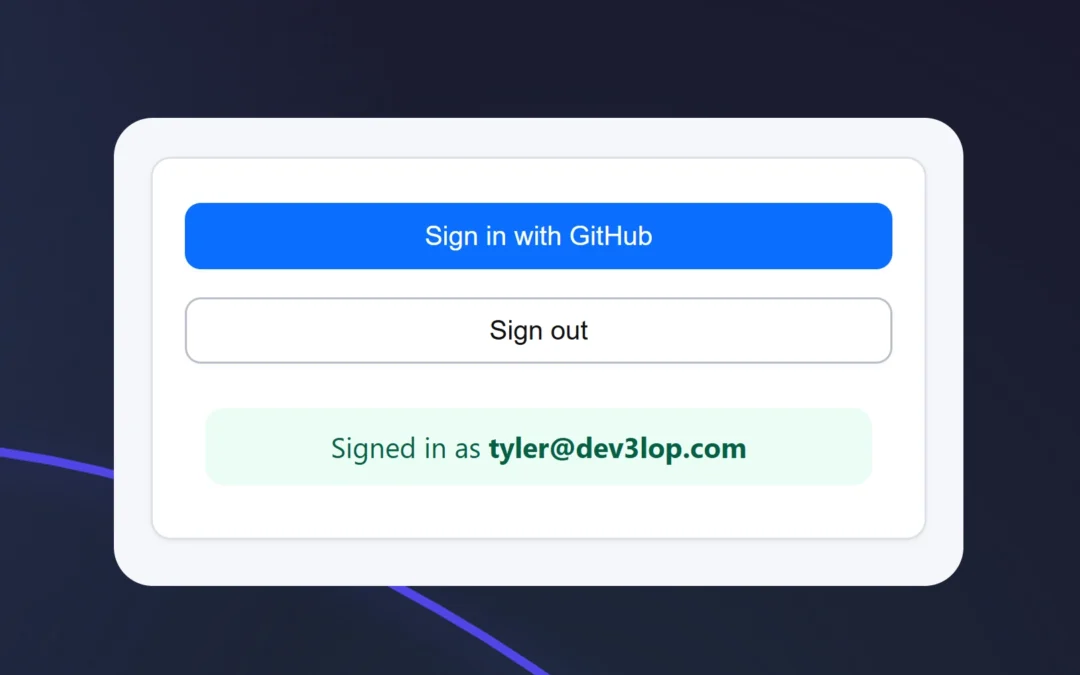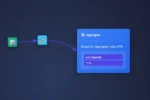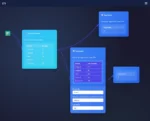We are excited to announce the GitHub OAuth Login page is now active in ET1.1 (Neon).Picture a world where your most sensitive data files and database tables are protected with the same robust security protocols and layers you’d expect from a leading, Fortune 500 corporation.
Without having to setup data security; login, authorization, storage, persistence, managing login information and keeping data compliance people happy.
In ET1.1, we encourage end users to begin translating important data to solutions that can become a single source of truth around their team, organization, or across the sea.
Authorization isn’t just a checkbox on our to-do list
Authorization, it’s our top priority, and that’s why we went with GitHub’s OAuth!
Our commitment with developing solutions is to cultivate and maintain an exceptionally secure environment, safeguarding both our users and the valuable data they entrust to us.
With this completed we are actively seeking people to participate in beta testing.
ET1 is using Auth2 through GitHub, providing two-factor authentication to end-users of ET1.
FYI; Using dozens of SaaS products during analytics consulting engagements is our skill, building open source solutions from scratch is our specialty, and…
At DEV3LOPCOM, LLC, we have a decade+ of experience beta-testing and deploying numerous authentication tools in advanced production settings (enterprise and GOV). With this solution, I have developed a unique perspective on streamlined login/security and optimized our ET1’s login process.
– Tyler Garrett, Founder
ps… If you need assistance with Auth2 in your software, let me know
tyler@dev3lop.com..
About Authorization
Software authorization is the process of determining what an authenticated user is permitted to do within a software system, such as accessing specific files, performing actions, or using certain features. It is crucial for ensuring security by preventing unauthorized access to sensitive data and functionality, and for maintaining operational control by managing user permissions, tracking usage, and enabling personalized user experiences that enhance customer satisfaction and loyalty.
About GitHubs OAuth (Auth2)
We did not create auth2, rather we are utilizing auth2! Think of Auth2 like a way to keep your sensitive information safe and secure, we don’t store your password.
This helps you login fast, seamlessly, if you’re already logged into GitHub in another tab – it’s a 1 click login – and this process keeps your solution/data safe.
What is Auth2?
Auth2 is a protective layer we use to help use generate data security per user.
Auth2 is an industry standard when it comes to managing data privacy and security.
People are going to want to add their data into ET1, different kinds of data, and we are working hard to ensure this is not only possible but also the safest it can be. We will not need to recreate the wheel, but instead utilize vetted systems. This enables us to offer hippa compliant storage, soc2 compliant storage, and way more… Without over complicating the UX.
With ET1, we are going a similar direction as our cronjob software Canopys Task Scheduler, and using different under hood tech. Excited to share, founder of dev3lop, Tyler Garrett, created the entire authorization flow. The Login to ET1 with GitHub Authentication is now live for beta testing!
Setting up 2 way auth is VIA GitHub is easier than you think so here’s a link to GitHub Auth Documentation and more importantly it unlocks Google emails. Plus, we like the idea of advocating for a software we love to use.
How to login to ET1
- Visit et1 [contact-for-beta]/login.html
- Click Github Login
- If you don’t have a GitHub account, please create one
- If you have a github account, login
- We only request your ’email’, we don’t save your password.
Github Auth and User Data Explained
Here’s a simple, privacy‑first explainer of the users table, plus a short technical brief of “GitHub Auth” for the curious.
Users table (what each column means) Source:
database-schema.sql → table users
- id (UUID)
- A random unique tag the system gives you when you first show up.
- It’s not your email or username.
- Think of it like a sticker on a package so it can be tracked without opening it. 🔒
- external_id (text)
- A number/string that represents you from GitHub.
- It’s how the system knows “the same person” across sessions without storing a password here.
- Marked unique, so there’s only one of you. ✅
- email (text, optional)
- Used for “who’s signed in” display or contact. ✉️
- created_at (timestamp)
- When your record was first created.
- Like a “birthday” for your account in this system. 🗓️
- updated_at (timestamp)
- When anything about your record last changed.
- Auto‑updated so there’s an honest trail. 🕒
Why this is privacy‑friendly
- Minimal data: just an internal id, a GitHub id, and optionally an email.
- No passwords stored here. Authentication happens through GitHub, so this table isn’t a vault of secrets.
- Clear timestamps help you audit “when did this get created/updated?”
Short technical brief: GitHub Direct (for the nerds)
- Flow: Browser requests GitHub OAuth → user consents at GitHub → GitHub redirects back with a code → the backend exchanges code for tokens → identity is read (e.g., user id, email) → app creates/updates
usersusingexternal_idas the stable key. - Why we use “Direct” conversations with GitHub? It talks straight to GitHub’s OAuth endpoints, avoiding extra middle SaaS style layers that can fail, require passwords, and become a single point of failure.
- Data model:
external_idis the anchor. Email is optional data that may change;external_idwon’t. - Security posture: No passwords stored locally. Use HTTPS, strict redirect URIs, and least scopes (often
user:email). Tokens should be short‑lived and stored server‑side with care.
To keep your account secure, you must authenticate before you can access certain resources. When you authenticate, you supply or confirm credentials that are unique to you to prove that you are exactly who you declare to be.*
TL;DR tech stuff
- You get a private internal id, a “GitHub id”
- so the system recognizes you, and an email.
- No password stored here, that would not be safe!
- GitHub Auth = clean OAuth (Auth2) with GitHub as the identity source.
- Plus GitHub includes a simple Google Login which is very secure and our preference.
Our history with authorization
Previous software we released, Canopys Task Scheduler, a desktop task schedule for both windows and mac, was a good demonstration of our knowledge with desktop development, creating executable files, and authorization embedded into an electronjs desktop only application. Building native web applications on desktop, using Auth0s authorization, a local SQLite database, not an easy task, however with NodeJS and electronjs we think life is much easier.
Learn more about ET1, contact us for any questions, demo, and access to beta.

























